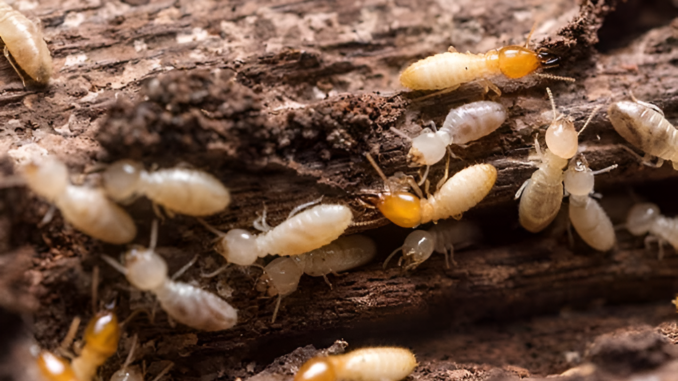
Unsung Heroes of the Savanna: Termites in Zimbabwe’s Ecosystem
Termites. The mere mention of these insects often conjures up images of destruction, gnawing wooden structures, and causing significant damage. While their reputation as pests is well-deserved in some contexts, the role termites play in Zimbabwe’s diverse ecosystem is far more intricate and crucial than many realize. These seemingly insignificant creatures are, in fact, vital components of the savanna’s delicate balance, impacting everything from soil fertility to biodiversity.
Digging Deep: Termites as Ecosystem Engineers
Termites are often referred to as “ecosystem engineers” due to their remarkable ability to reshape the environment through their feeding and nesting habits. In Zimbabwe, where savannas dominate the landscape, termites play a crucial role in soil formation and nutrient cycling:
Soil Aeration and Drainage: Termites build elaborate underground networks of tunnels and chambers, which improve soil aeration and drainage. This process allows for better water penetration and root growth, ultimately enhancing plant productivity.
Nutrient Cycling and Decomposition: Termites are voracious consumers of dead plant material, breaking down wood, leaves, and other organic matter into smaller particles. This decomposition releases essential nutrients back into the soil, making them available for other plants to utilize.
Soil Structure and Fertility: Termite mounds, often seen dotted across the savanna landscape, act as “nutrient hotspots.” These mounds contain rich organic matter, increased microbial activity, and better water retention, boosting overall soil fertility and contributing to plant diversity.
Beyond the Soil: Termites and Biodiversity
Termites impact not just the soil but also the diverse array of life that calls the Zimbabwean savanna home:
Food Source: Termites provide a crucial food source for people (ishwa) and various animals, including antelopes, birds, and even certain reptiles. Their presence supports a complex food web, contributing to the overall stability of the ecosystem.
Habitat Creation: Termite mounds offer shelter and nesting sites for various animals, including snakes, birds, and small mammals. These structures create a mosaic of habitats within the savanna, enriching its biodiversity.
Seed Dispersal: Some termite species are known to consume seeds and disperse them in their droppings, effectively acting as “seed dispersers” and contributing to the spread and regeneration of plant life.
The Balancing Act: Termites and Human Interactions
While termites play a vital role in Zimbabwe’s ecosystem, their presence can also pose challenges for humans:
Agricultural Damage: Termites can damage crops, especially in areas with monoculture farming practices. This can lead to economic losses for farmers and threaten food security.
Structural Damage: In urban areas, termites can cause significant damage to wooden structures, leading to costly repairs and maintenance.
Health Risks: Some termite species can trigger allergic reactions in humans, while others are known to carry pathogens that can cause diseases.
Managing the Balance:
The key to managing the relationship between termites and humans lies in understanding their role in the ecosystem and adopting sustainable practices:
Integrated Pest Management: This approach aims to control termite populations. It involves combining cultural, biological, and chemical methods to minimize damage and protect the environment.
Promoting Biodiversity: Maintaining a diverse range of plant species in agricultural landscapes can help reduce termite infestations. This approach encourages natural predators and competitors, keeping termite populations in check.
Sustainable Building Practices: Using termite-resistant materials and incorporating protective measures during construction can prevent structural damage.
Conclusion:
Termites are often overlooked but play a vital role in Zimbabwe’s savanna ecosystem. Their activities, from soil enrichment to habitat creation, contribute to the overall health and biodiversity of this fascinating landscape. By understanding their importance and adopting sustainable management practices, we can ensure that these unsung heroes continue to play their vital role in maintaining the delicate balance of Zimbabwe’s unique environment.
